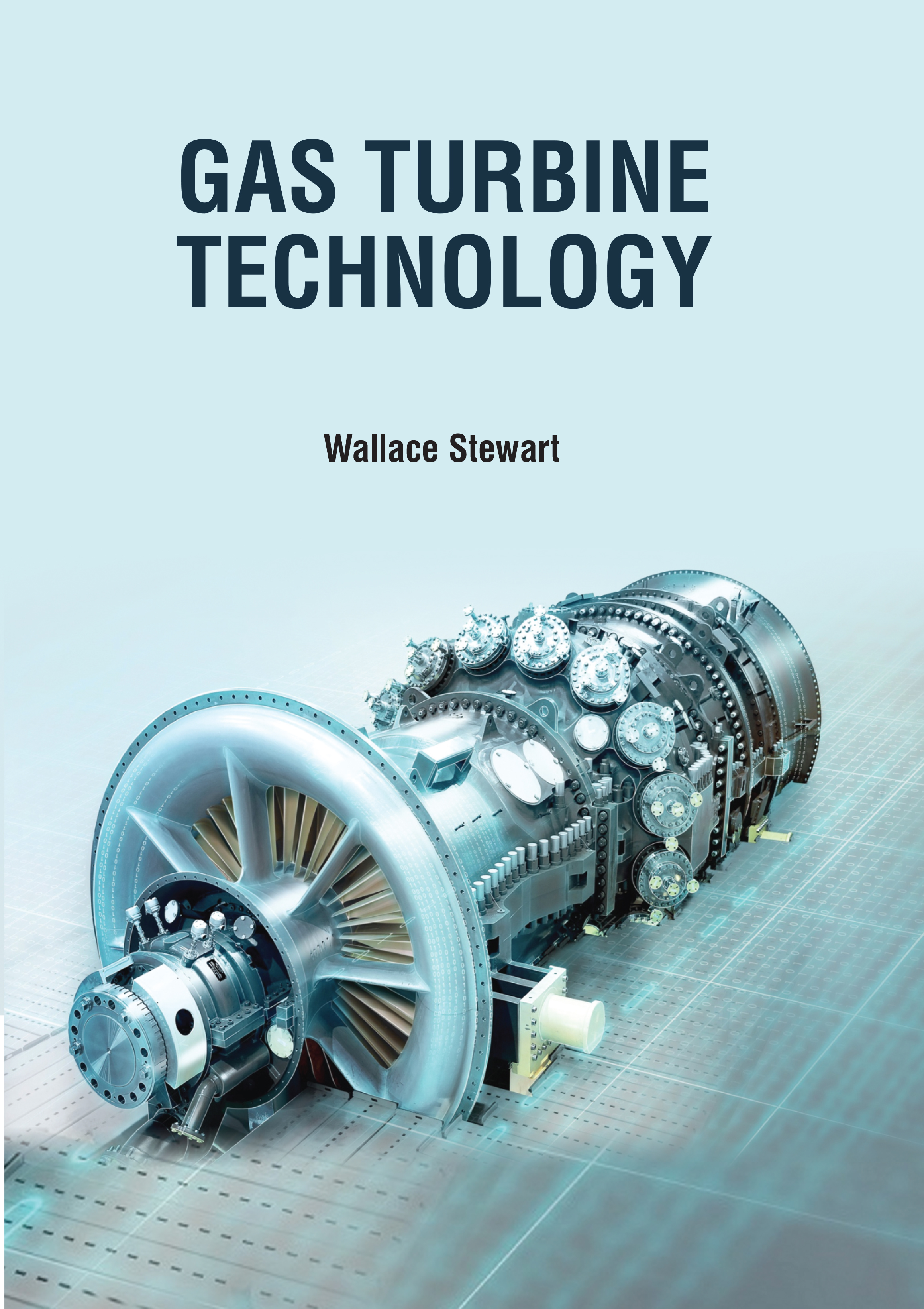
Gas Turbine Technology
by Wallace Stewart
| ISBN | 9789372428551 |
|---|---|
| Publisher | Digital Drive Learning |
| Copyright Year | 2026 |
| Price | $267.00 |

by Wallace Stewart
| ISBN | 9789372428551 |
|---|---|
| Publisher | Digital Drive Learning |
| Copyright Year | 2026 |
| Price | $267.00 |
The use of gas turbines for generating electricity dates back to 1939. Today, gas turbines are one of the most widely-used power generating technologies. Gas turbines are a type of internal combustion (IC) engine in which burning of an air-fuel mixture produces hot gases that spin a turbine to produce power. It is the production of hot gas during fuel combustion, not the fuel itself that the gives gas turbines the name. Gas turbines can utilize a variety of fuels, including natural gas, fuel oils, and synthetic fuels. Combustion occurs continuously in gas turbines, as opposed to reciprocating IC engines, in which combustion occurs intermittently. The thermodynamic process used in gas turbines is the Brayton cycle. Gas turbines for power generation can be either industrial (heavy frame) or aeroderivative designs. Improper alignment of turbine and rotor shafts causes a vibration that does not change with the turbine speed but which increases as the load on the turbine increases. It might be caused by improper alignment of a new turbine. Turbine vibration also occurs from water coming over from the boiler with the steam, which will cause the turbine to become noisy and, in severe cases, will cause vibration; electric-generator troubles, such as an unequal air gap or a loose coil in the stator; internal rubbing of parts caused by warping of bladings or diaphragms, improper adjustment, or worn thrust bearings; too much clearance in the main bearings; and overheating due to faulty lubrication or lack of cooling. Also, vibration may result if the shaft becomes distorted as a result of heat generated by having the packing rub. This book provides understanding of the basic physical, chemical, and aerodynamic processes associated with gas turbine combustion and their relevance and application to combustor performance and design.